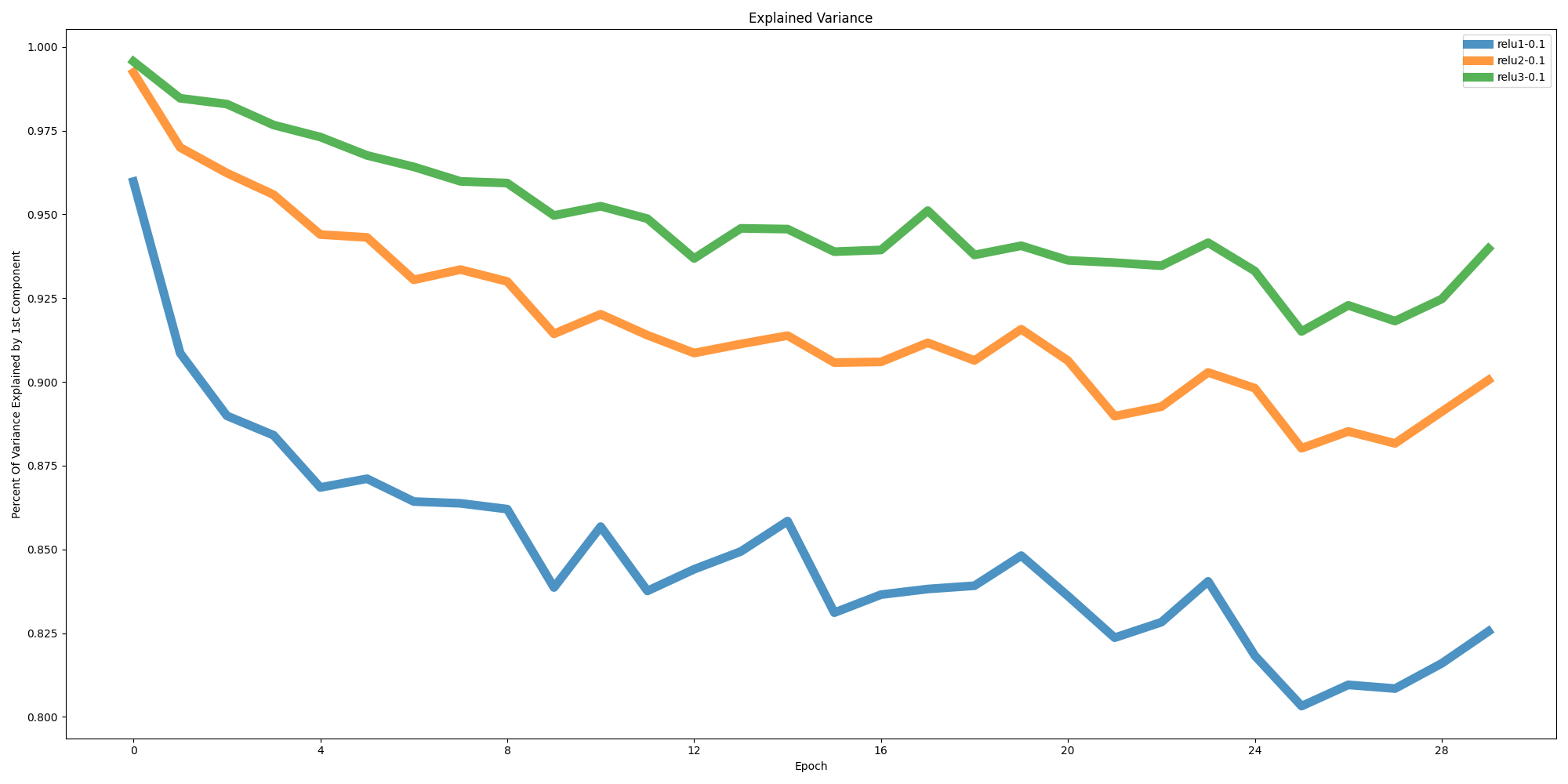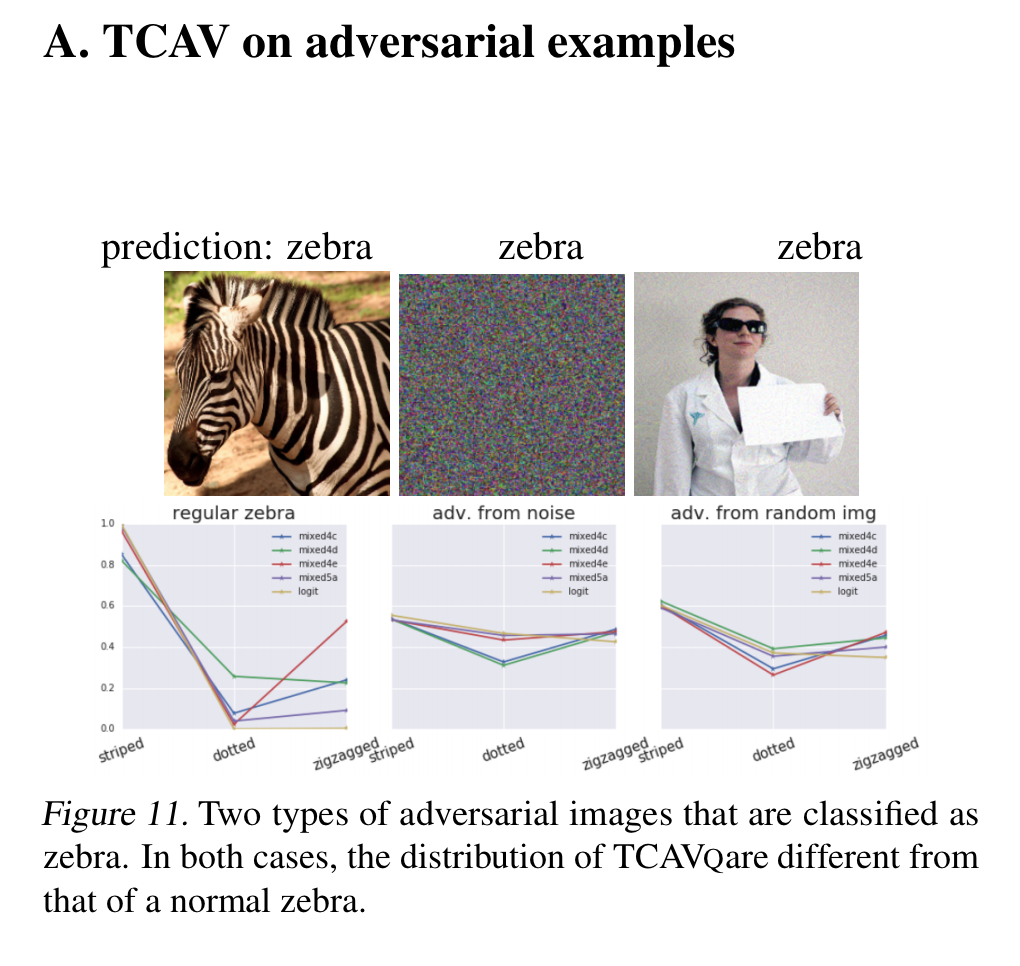5 Thoughts On Agent Engineering
While Agents became the buzzword of 2024, their real-world usage thus far has fallen short. The idea of agentic systems is likely to further embed itself into software engineering discourse despite most developers still having an ambiguous understanding of both what an agent is and the ambiguity of how to design and engineer for this new paradigm.
It’s not hard to imagine this paradigm becoming as practical and commonplace as the usage of web-browsers for office work but the journey to that arrival is far from clear-cut as there are still many challenges about how these agents should be designed in a manner that allows them to be easily reused, adapted, deployed and monitored. Here are some of my initial thoughts on the topic:


